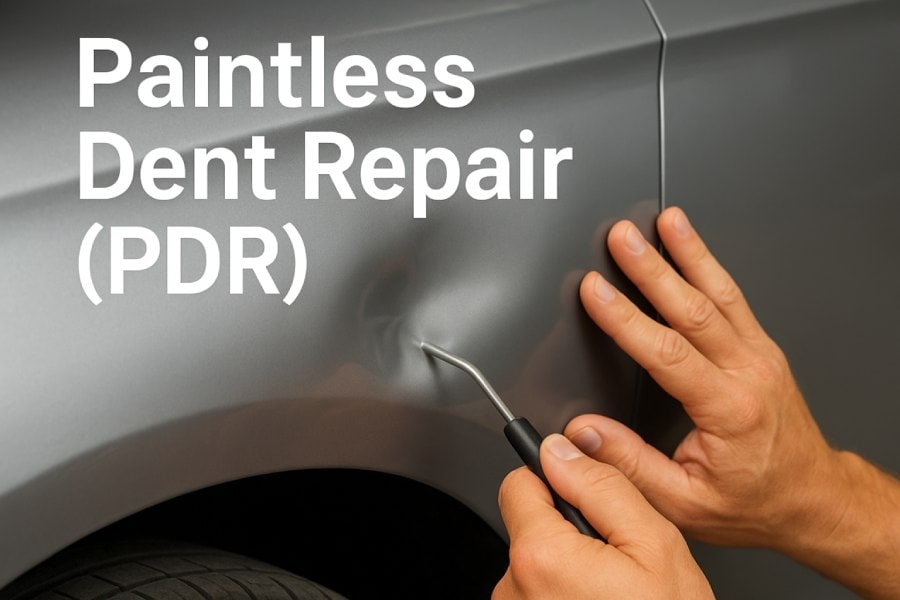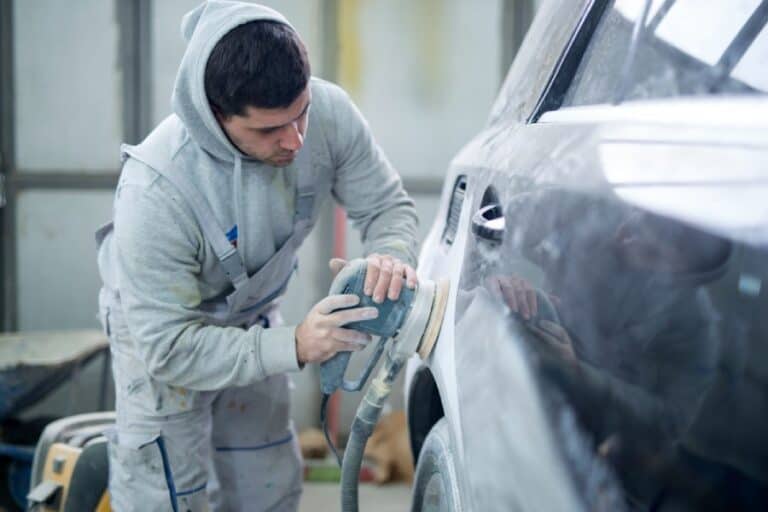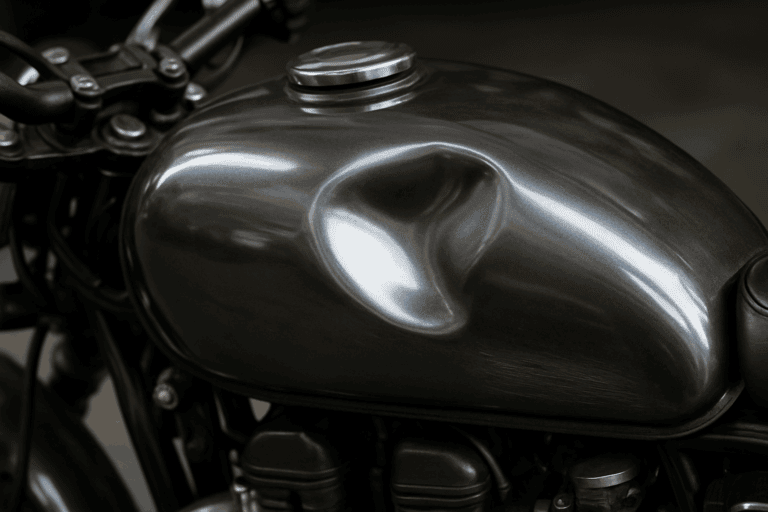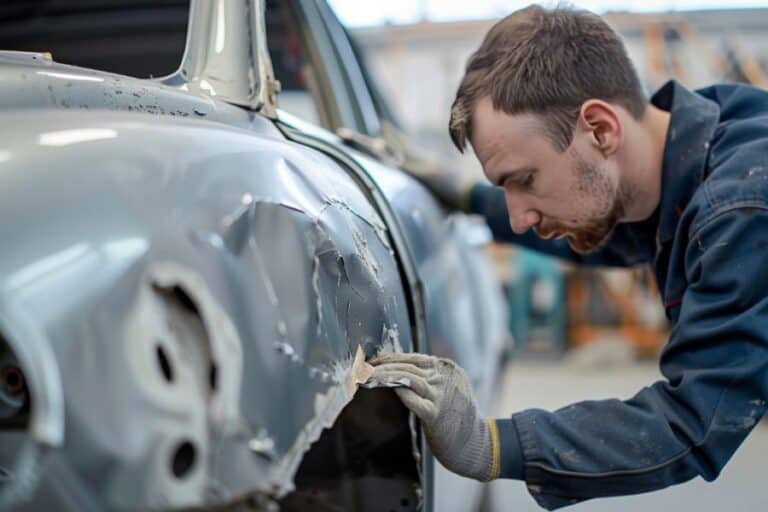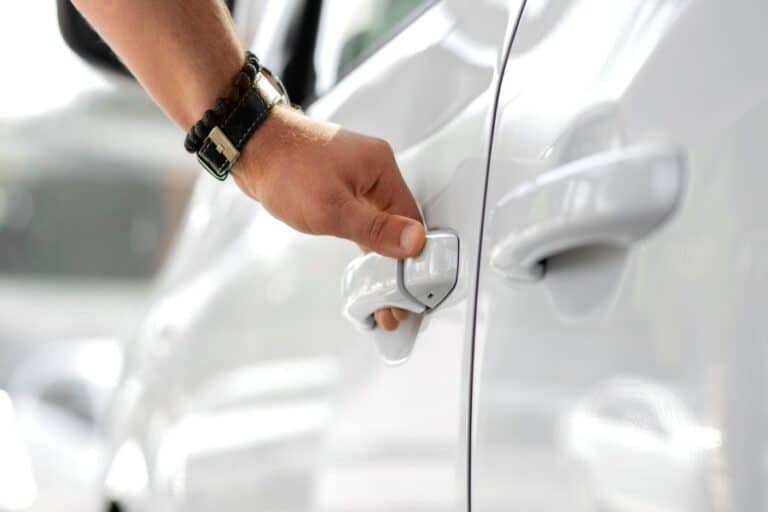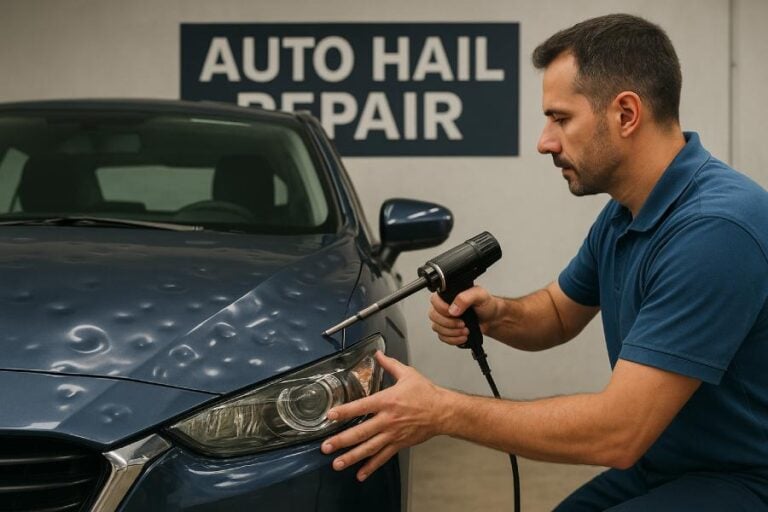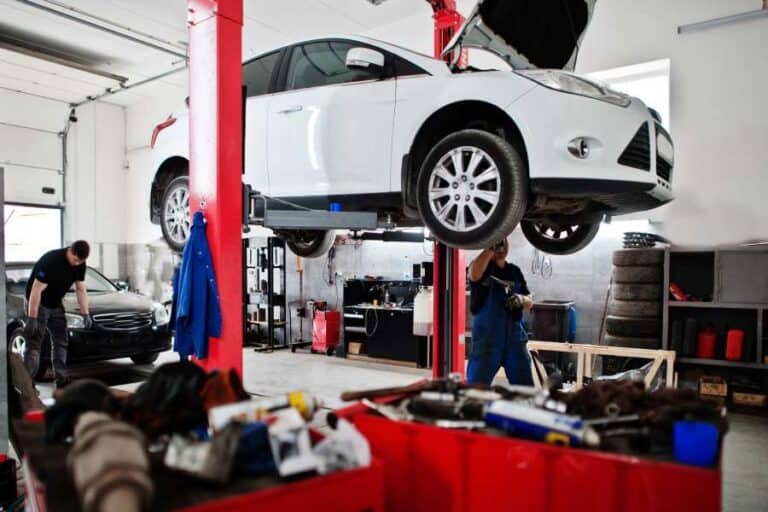Paintless Dent Repair: The Eco-Friendly Choice For Car Owners
Car ownership frequently involves dealing with unforeseen scratches and dents, which can be the result of hail, shopping carts, or small accidents. Historically, fixing these flaws demanded extensive time and financial investment through processes like sanding, applying fillers, and repainting — methods that also negatively impact the environment. However, Paintless Dent Repair (PDR) has become a viable and eco-friendly alternative for vehicle owners looking to preserve their car’s value while being mindful of environmental considerations.
What Is Paintless Dent Repair?
Paintless Dent Repair (PDR) is an advanced method that brings a vehicle’s body back to its original form without the need for paint, fillers, or aggressive chemicals. Expert technicians employ specialized tools to carefully manipulate and reshape the metal from behind, effectively eliminating dents while keeping the original factory finish intact.
In contrast to conventional body repair methods, PDR does not involve repainting, sanding, or the use of replacement panels. This approach is both time-saving and environmentally friendly, as it minimizes material consumption and reduces waste.
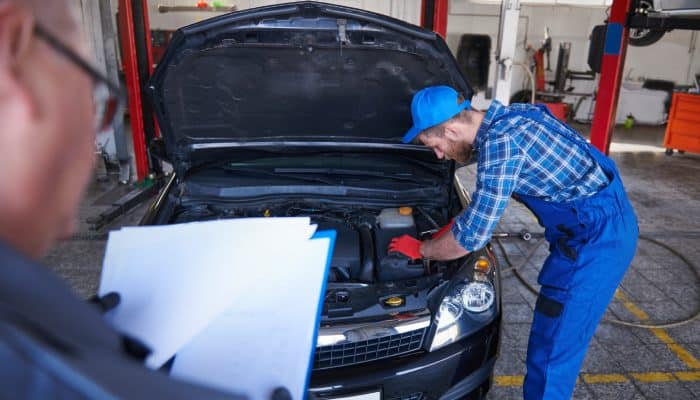
How Paintless Dent Repair Works
The PDR (Paintless Dent Repair) procedure consists of several meticulously carried out stages:
- Damage Evaluation: The technician assesses the dent’s dimensions, depth, and position. PDR is most effective for minor to moderate dents where the paint remains undamaged.
- Gaining Access to the Dent: To reach the dent, tools are maneuvered behind the affected panel by detaching trim components, utilizing window access, or exploiting existing gaps.
- Careful Reshaping: Using specialized rods and hand PDR tools, the technician gently works from behind the panel to gradually restore the metal to its original shape.
- Final Touch-Up: The technician ensures that the repair is flawlessly smooth and undetectable, leaving no sign of the previous dent.
This meticulous approach not only yields remarkable results but also minimizes the environmental impact typically associated with traditional repair methods.
Why Paintless Dent Repair Is Eco-Friendly
Absence of Hazardous Chemicals or Paints
Traditional methods of repair often depend on body fillers, primers, and automotive paints that include volatile organic compounds (VOCs). These VOCs are harmful substances that can contaminate the air and pose health risks to workers and nearby residents. In contrast, Paintless Dent Repair (PDR) does not utilize these materials, making it a much cleaner and safer option for the environment.

Reduced Waste Production
Standard dent repair techniques typically involve sanding damaged areas, applying fillers, and repainting surfaces, all of which create dust, plastic debris, and chemical waste that are often hard to recycle. PDR, on the other hand, eliminates the need for paint or fillers, resulting in almost no waste being generated.
Energy Conservation
The processes of painting and refinishing vehicles require significant energy through drying booths, heat lamps, and compressors. PDR bypasses these energy-intensive steps entirely, relying solely on manual skills and hand tools. This significantly cuts down the energy usage linked to vehicle repairs.
Maintenance of Original Materials
PDR focuses on restoring the original metal and paint instead of replacing or obscuring them, which helps prolong the life of the vehicle’s body panels. This approach decreases the need for new parts and minimizes the overall environmental footprint of automotive production.
Benefits for Car Owners
Although the environmental advantages are substantial, Paintless Dent Repair (PDR) also offers several benefits for vehicle owners:
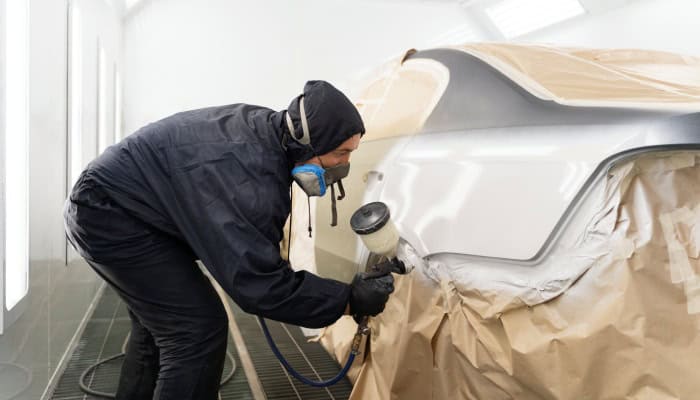
- Affordable Repairs: PDR typically costs 30–60% less than traditional repair methods since it doesn’t require costly materials, paint, or new panels.
- Quick Turnaround: Most PDR tasks can be finalized in just a few hours, unlike standard body shop repairs that can take days or even weeks due to the need for drying and repainting.
- Maintains Resale Value: Preserving the original factory paint is a significant benefit when selling your car. Buyers and appraisers often regard repainted panels with skepticism, while PDR keeps the original finish intact.
- Excellent Results: This technique restores the metal instead of merely concealing the damage, resulting in flawless repairs. When performed correctly, PDR leaves no signs of prior damage.
- Convenience Factor: Skilled technicians offering PDR services often provide mobile repairs, allowing the work to be completed at your home or workplace, which minimizes downtime and eliminates the need for travel.
Situations Where PDR Works Best
Paintless Dent Repair (PDR) is most effective for small dents that do not damage the paint, including issues like hail impacts, minor parking lot dings, or small indentations from light small collisions. This method is particularly advantageous for steel and aluminum surfaces, enabling rapid and efficient repair while preserving the vehicle’s original appearance.
Nevertheless, PDR is not appropriate for every type of dent. Dents that are deep, have cracked paint, or involve significantly stretched metal may necessitate conventional repair techniques to completely restore the panel.
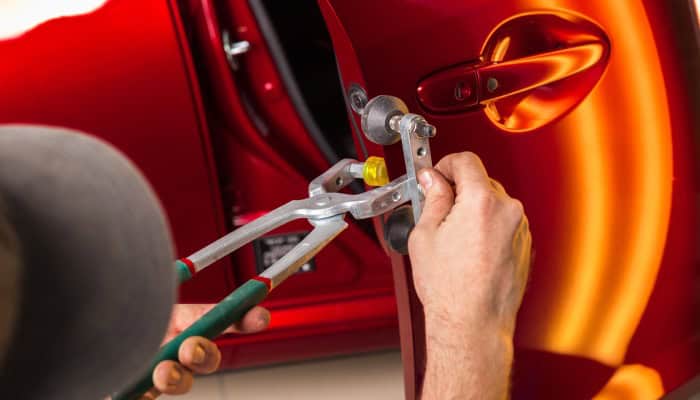
Paintless Dent Repair vs. Traditional Dent Repair
| Feature | Paintless Dent Repair | Traditional Repair |
| Use of Chemicals | None | Paints, fillers, VOCs |
| Waste Generated | Minimal | Significant (dust, paint, plastics) |
| Energy Consumption | Low | High (heating, drying booths) |
| Repair Time | Hours | Days to weeks |
| Cost | Lower | Higher |
| Paint Integrity | Preserves factory finish | Requires repainting |
The Future of Eco-Friendly Auto Repairs
With the rising tide of environmental consciousness, businesses worldwide are actively pursuing sustainable practices. The automotive industry, historically linked to environmental degradation, faces mounting pressure to implement eco-friendly approaches.
Paintless Dent Repair (PDR) exemplifies how innovation can merge effectiveness with cost efficiency and environmental responsibility. More vehicle owners are choosing PDR not only for its immediate advantages but also because it resonates with their commitment to minimizing ecological footprints.
Moreover, insurance providers are progressively acknowledging PDR as a legitimate and economical repair option, facilitating greater access for car owners.
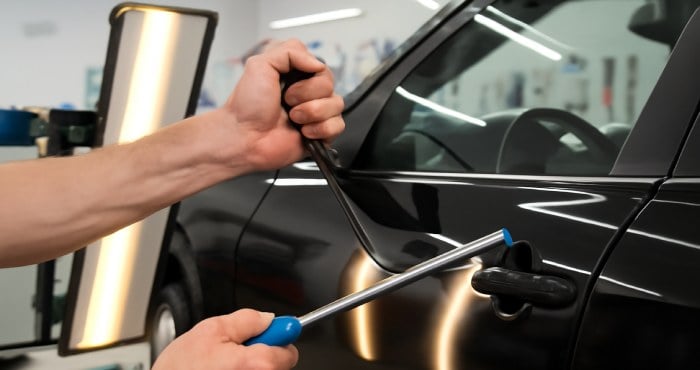
In our current era, where the emphasis on sustainability and environmental stewardship is paramount, Paintless Dent Repair (PDR) emerges as a top choice for environmentally conscious vehicle owners. This method eliminates the use of toxic substances, minimizes waste, saves energy, and maintains the integrity of original materials, presenting a green solution compared to conventional auto body repair methods.
For vehicle owners, the advantages extend beyond ecological benefits: PDR is cost-effective, offers quicker service, and helps retain the vehicle’s resale value, making it a compelling option. Whether addressing hail damage, minor dents from parking mishaps, or other imperfections, opting for PDR allows you to care for your vehicle while also being kind to the environment.

